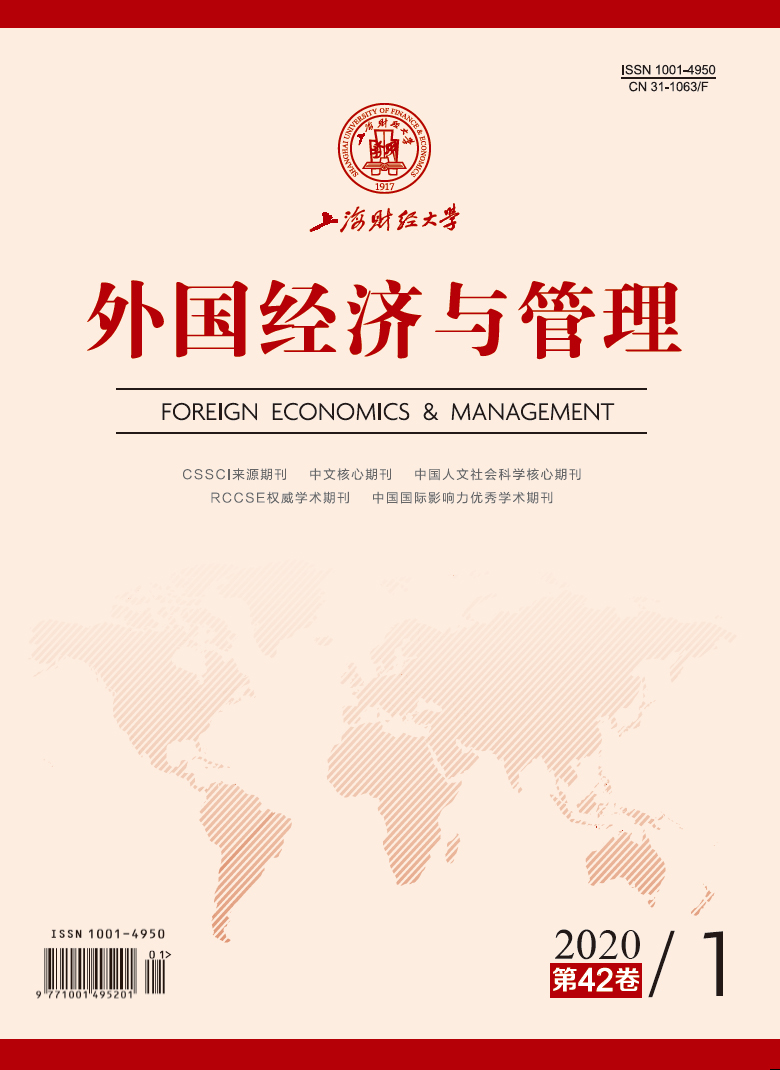Nowadays design has become the third driver of innovation after technology and market. Brand logo design reflects the “appearance” of the brand, which influences the brand image, customer-company relationship, customer purchase intention, brand loyalty and even the financial performance of enterprises. For consumers, the brand logo brings functional benefits, self-identification/expression benefits and aesthetic appeals as well. Accordingly, many enterprises devote much attention to the design of their brand logo; they invest heavily in logo design and updating. However, a successful brand logo design must be based on insights into consumer response to brand logo design. In view of this, this paper makes a literature review of consumer response to brand logo design.
The brand logo can be classified into three categories: word, graphic, and word plus graphic. In terms of brand logo design, word, graphic and color constitute three fundamental elements. Word design considers typefaces and uppercase/lowercase. Typefaces convey a variety of important strategic impressions such as reliable/innovative, masculine/feminine. Uppercase/lowercase in the brand logo will also cause people’s different perceptions. Compared with uppercase, lowercase in the brand logo has a negative influence on brand authority, but has a positive influence on brand friendliness.
Graphic design includes graphic figuration/abstraction, dynamics, proportion, etc. Figurative and abstract graphics in the brand logo trigger different reactions from consumers. Specifically, figurative brand logo can evoke more positive emotional response from consumers than abstract brand logo. Dynamic brand logo helps to improve consumer brand engagement and attitude. In addition, consumers have a preference for logos with divine proportion.
Color design takes into account the color, color saturation and lightness. On the one hand, Color can directly incite emotional response; on the other hand, consumers tend to associate different colors with different symbolic meanings regarding product grade, brand personality, and brand functional or social image.
Consumer response to brand logo design may be emotional, cognitive or behavioral. Also, the current research has identified two routes, “aesthetic attraction” and “connotation meaning”, which lead to consumer response. For practitioners, there is no absolutely good or bad brand logo design. Instead, they are advised to have an adequate understanding of consumer response to different designs while taking into account both their target customers and the company itself. At the end of this paper, we point out the directions in future research based on a review of the existing literature, including a holistic approach, the study of animation brand logo, the visual aesthetics in brand logo design, and the influence of national culture.






 11567
11567  9128
9128

